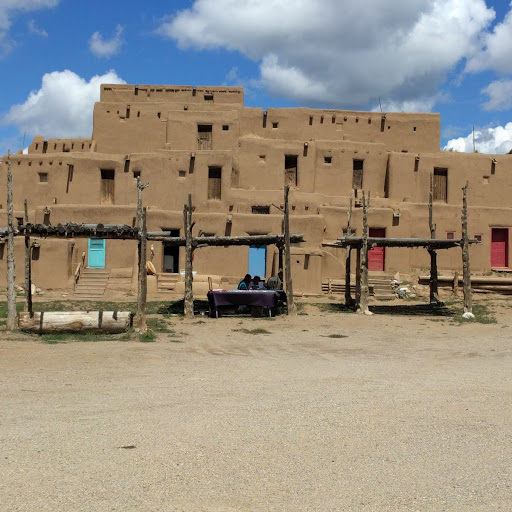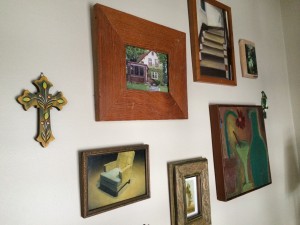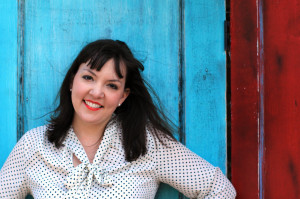Picture a hot, bright, red sand landscape. High trees surround it and there’s a sacred mountain in the distance. There are adobe dwellings, five stories high like an apartment building, but with walls three or four feet thick. A creek cuts the reservation in two. Dogs run aimlessly across the sandy clearing. You can call them but they won’t stop to be cooed at or petted. The people living there ask, sometimes angrily, not to have their pictures taken.
Dan and I visited the Taos Pueblo, a dwelling that has been lived in continuously for 1,000 years. I went with feelings of trepidation and eagerness that I believe are common for white people shouldering the invisible knapsack of our privilege. Our tour guide, White Feather, had his hands full with us, a mixed crowd but mainly well-heeled retirees.
The Taos Pueblo is the home of the Red Willow People, he explained. Named after Red Willow Creek, the stream that crosses the reservation. He told us that the Pueblo was first conquered in the sixteenth century by the Spaniards. Then there was a revolt and a reconquest several times over. Even though the Puebloans in the end accepted colonial rule and the accompanying Catholicism, they retained their secret religion. That and their language they have kept guarded from linguists and scholars for years. They don’t need anyone to disseminate cultural findings on them. The Red Willow people are content to preserve their own culture, never minding the imperialist mindset that says all research should be available to anyone.
“What about your taxes?” one tourist asked.
“What about them?”
“Do you pay taxes?”
“Yes, of course. We are United States citizens. We all pay our taxes.”
The woman hung grimly on to the subject. “But how do report how much you’ve made? Word of mouth?”
White Feather explained that all Puebloans report their income on the standard forms. “Just like you,” he said.
The woman pursed her lips but backed off. White Feather returned to his talk about the exodus of many Puebloans from the reservation when the Housing and Community Development Act of 1974 incentivized leaving the tightly knit community in favor of separate housing.
It was easy for me to feel sorry for the Red Willow people, so obviously at the mercy, for the past nearly 500 years, of foreign rule and cultural imposition. But another idea crept in. They have an unbroken, continuous history. A deep understanding of their past. The narrative has everything to do with rootedness, unlike the story of most of us in the western world.
Some of us spend hours in libraries, doing complicated genealogical research, trying to make the silent record speak to us. Some of our ancestors were ashamed of where they’d come from. They changed their names and concealed their family history with skill. They invented themselves anew. The Red Willow people, protecting their culture, families, and religion have safe-guarded against fragmenting. They keep both their Spanish and native names. They are the richer for it, even as they face twenty-first century problems–especially the abandonment of the Pueblo by the younger generations.
We spent an afternoon there that I will remember for the rest of my life. It was not a happy time. But it was one of deep meaning and eventual prayer.
I don’t know how to pray for the Puebloans but I remember them to God. The sorrows are entrenched in the richness of the place.
Isn’t that how it goes?




